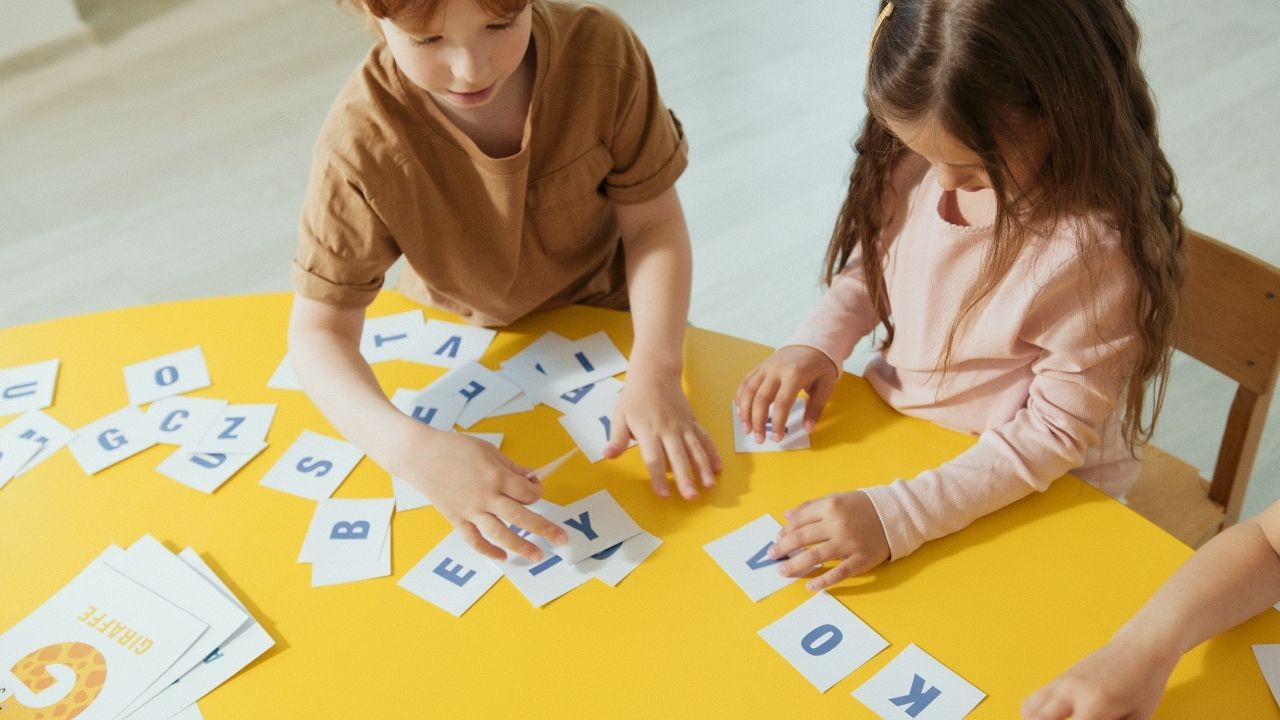
Effective classroom management is a crucial skill for every teacher to master. It involves creating a positive learning environment, engaging students, and implementing strategies to promote appropriate behavior. In this article, we will explore various techniques and approaches that teachers can use to effectively manage their classrooms and foster student engagement.
Establishing Clear Expectations and Rules
One of the foundations of effective classroom management is setting clear expectations and rules from the very beginning. Teachers should communicate their expectations for behavior, participation, and academic performance to their students. By establishing a clear set of guidelines, students understand what is required of them and are more likely to meet those expectations.
When creating classroom rules, it is important to involve students in the process. Collaboratively developing the rules promotes a sense of ownership and accountability among students. The rules should be concise, age-appropriate, and positively stated. Once established, the rules should be consistently enforced and reinforced throughout the school year.
Building Positive Relationships with Students
Developing positive relationships with students is a key component of effective classroom management. When students feel valued, respected, and supported by their teacher, they are more likely to engage in learning and exhibit positive behavior.
Teachers can build relationships with their students by taking the time to get to know them individually. This can be achieved through one-on-one conversations, showing interest in their lives outside of school, and acknowledging their strengths and achievements. Creating a warm and welcoming classroom environment, where students feel safe to express themselves and take risks, is also essential.
Implementing Engaging and Meaningful Lessons
Student engagement is closely tied to effective classroom management. When students are actively involved in their learning, they are less likely to engage in disruptive behavior. Teachers can promote engagement by designing lessons that are interesting, relevant, and challenging.
Incorporating a variety of instructional strategies, such as cooperative learning, project-based learning, and hands-on activities, can help keep students motivated and engaged. Providing opportunities for student choice and autonomy in their learning can also increase their investment in the classroom.
Using Positive Reinforcement and Rewards
Positive reinforcement is a powerful tool in classroom management. By recognizing and rewarding desired behaviors, teachers can encourage students to continue exhibiting those behaviors. Rewards can be tangible, such as stickers or small prizes, or intangible, such as verbal praise or special privileges.
It is important to use positive reinforcement consistently and fairly. Teachers should establish clear criteria for earning rewards and communicate those criteria to students. Rewards should be age-appropriate and aligned with the values and goals of the classroom.
Addressing Misbehavior with Consistency and Fairness
Despite our best efforts, misbehavior is inevitable in any classroom. When addressing misbehavior, it is important to do so with consistency and fairness. Teachers should have a clear system in place for responding to different types of misbehavior, such as verbal warnings, loss of privileges, or parent contact.
When addressing misbehavior, teachers should remain calm and avoid engaging in power struggles with students. It is important to focus on the behavior, rather than the student, and to provide clear and specific feedback on what the student needs to do differently. Teachers should also take into account any underlying factors that may be contributing to the misbehavior, such as learning difficulties or personal issues, and provide appropriate support and interventions.
Fostering a Positive Classroom Culture
Creating a positive classroom culture is essential for effective classroom management. A positive classroom culture is one where students feel valued, respected, and supported by their teacher and peers. It is a place where mistakes are viewed as opportunities for learning and growth, and where effort and progress are celebrated.
Teachers can foster a positive classroom culture by modeling kindness, empathy, and respect in their interactions with students. They can also promote a growth mindset, encouraging students to embrace challenges and persist in the face of difficulty. Regularly incorporating community-building activities, such as class meetings or team-building exercises, can also help strengthen relationships and create a sense of belonging among students.
Conclusion
Effective classroom management is a multifaceted skill that requires a combination of proactive strategies and responsive techniques. By establishing clear expectations, building positive relationships with students, implementing engaging lessons, using positive reinforcement, addressing misbehavior consistently and fairly, and fostering a positive classroom culture, teachers can create a learning environment that promotes student success and well-being.
It is important to remember that classroom management is an ongoing process that requires continuous reflection and adaptation. What works for one group of students may not work for another, and teachers must be willing to adjust their approaches as needed. By staying committed to creating a positive and productive learning environment, teachers can help their students thrive both academically and socially.
 Careers in EducationElementary EducationHigh School EducationEducational TechnologyTeaching StrategiesSpecial EducationPrivacy PolicyTerms And Conditions
Careers in EducationElementary EducationHigh School EducationEducational TechnologyTeaching StrategiesSpecial EducationPrivacy PolicyTerms And Conditions
